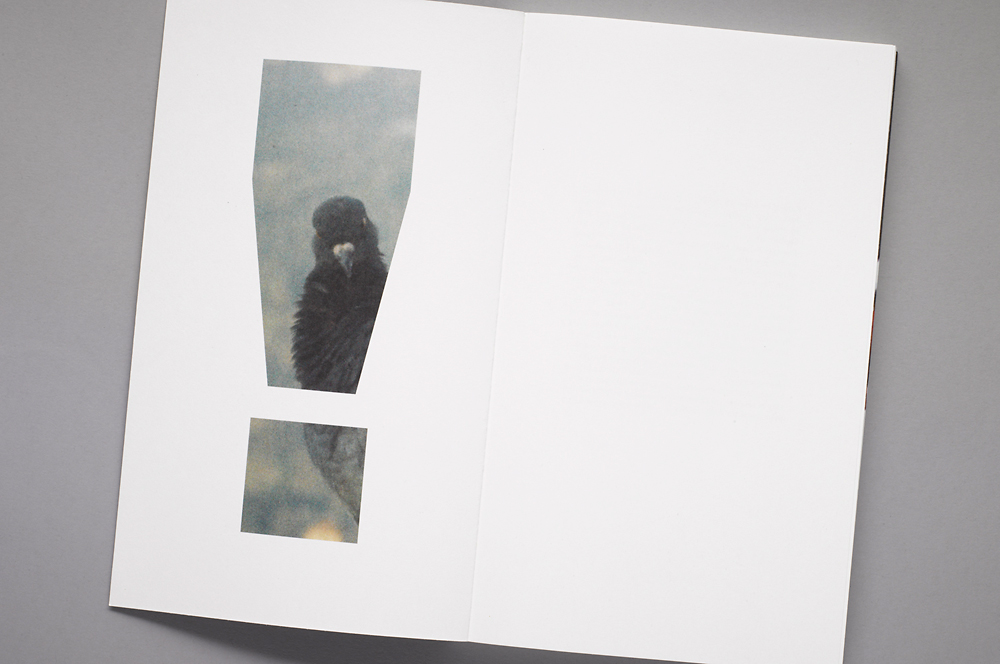
NoM editor Alison Gibbons has published an article in Studia Neophilologica on the British novelist Adam Thirlwell and metamodernist style (2014, 1-15). This is the abstract:
In 1990, John Frow was asking the question, already in past tense, “What was Postmodernism?”, while Linda Hutcheon, in the epilogue to the second edition of her seminal book The Politics of Postmodernism, admits, “the postmodern may well be a twentieth century phenomenon, that is, a thing of the past” (2002, 165). She continues, “The postmodern moment has passed, even if its discursive strategies and its ideological critique continue to live on – as do those of modernism – in our contemporary twenty-first-century world” (2002, 181). Hutcheon ends the epilogue with a provocation: “Post-postmodernism needs a new label of its own, and I conclude, therefore, with this challenge to readers to find it – and name it for the twenty-first-century” (2002, 181). This challenge has not gone without response. In their 2010 article ‘Notes on Metamodernism’, Vermeulen and van den Akker present the first account of metamodernism, arguing (like Frow and Hutcheon before them) that the “postmodern years of plenty, pastiche, and parataxis are over” (2010, 2).
Since then, ‘metamodernism’ has grown in prevalence as a term to denote the cultural jetzteit of the late-twentieth and early-twenty-first- centuries. Nevertheless, a comprehensive study of the ways in which contemporary literature relates to the metamodern paradigm has yet to be written. This paper offers a pioneering look at the textual devices used by metamodernist writers by presenting a detailed case study in the form of stylistic analysis of Adam Thirlwell’s (2012) novella Kapow!. The analysis demonstrates that it is through manipulations of style – namely temporal and spatial deixis, code-switching and shifts of register, and reader address and point of view – that Thirlwell’s Kapow! communicates what Vermeulen and van den Akker (2010, 2) have called metamodernism’s “aesth-ethical” commitments. In doing so, Kapow!asks readers to consider their own complicity and accountability within the contemporary world.
You can download the article here (subscription only).
